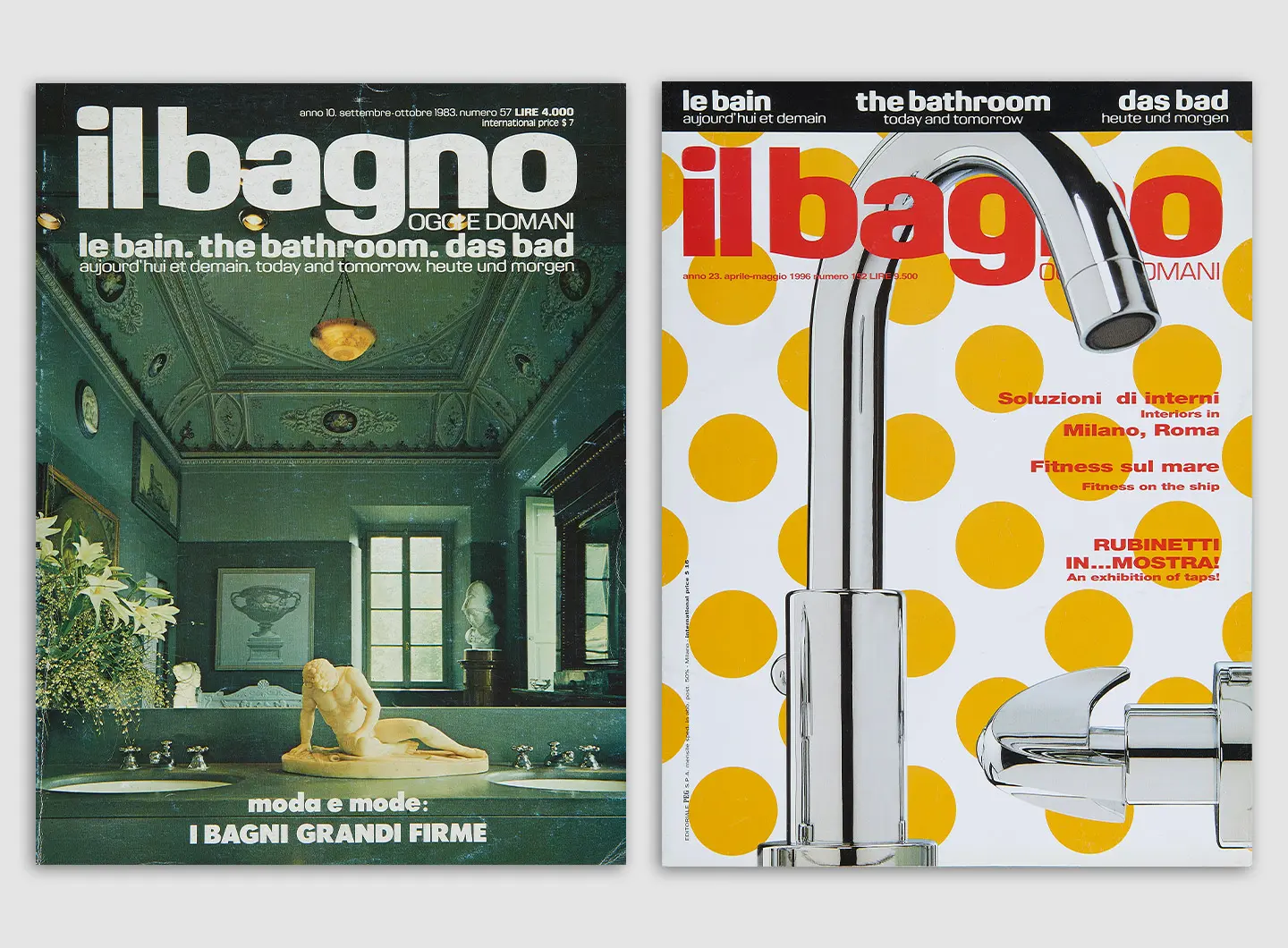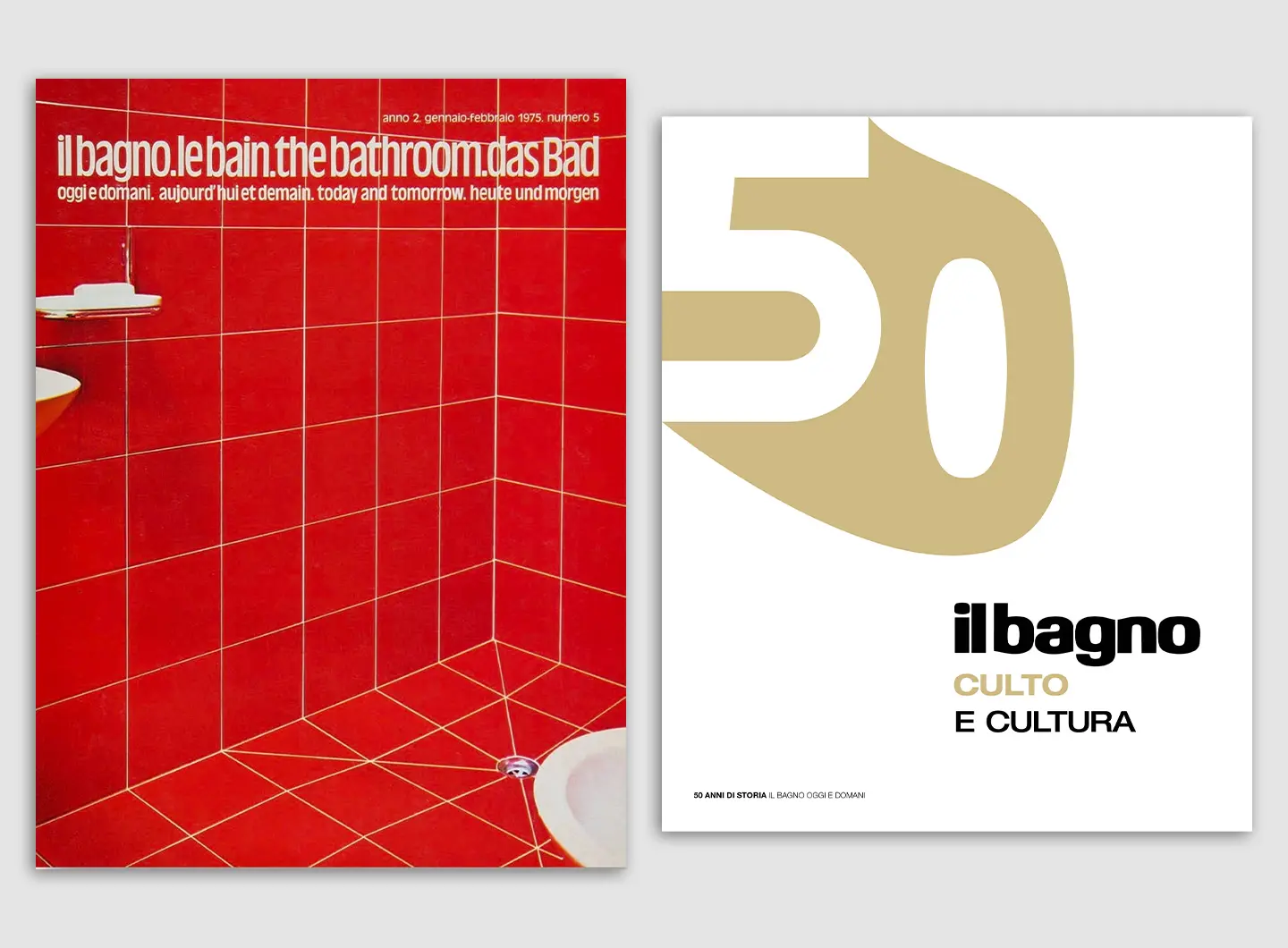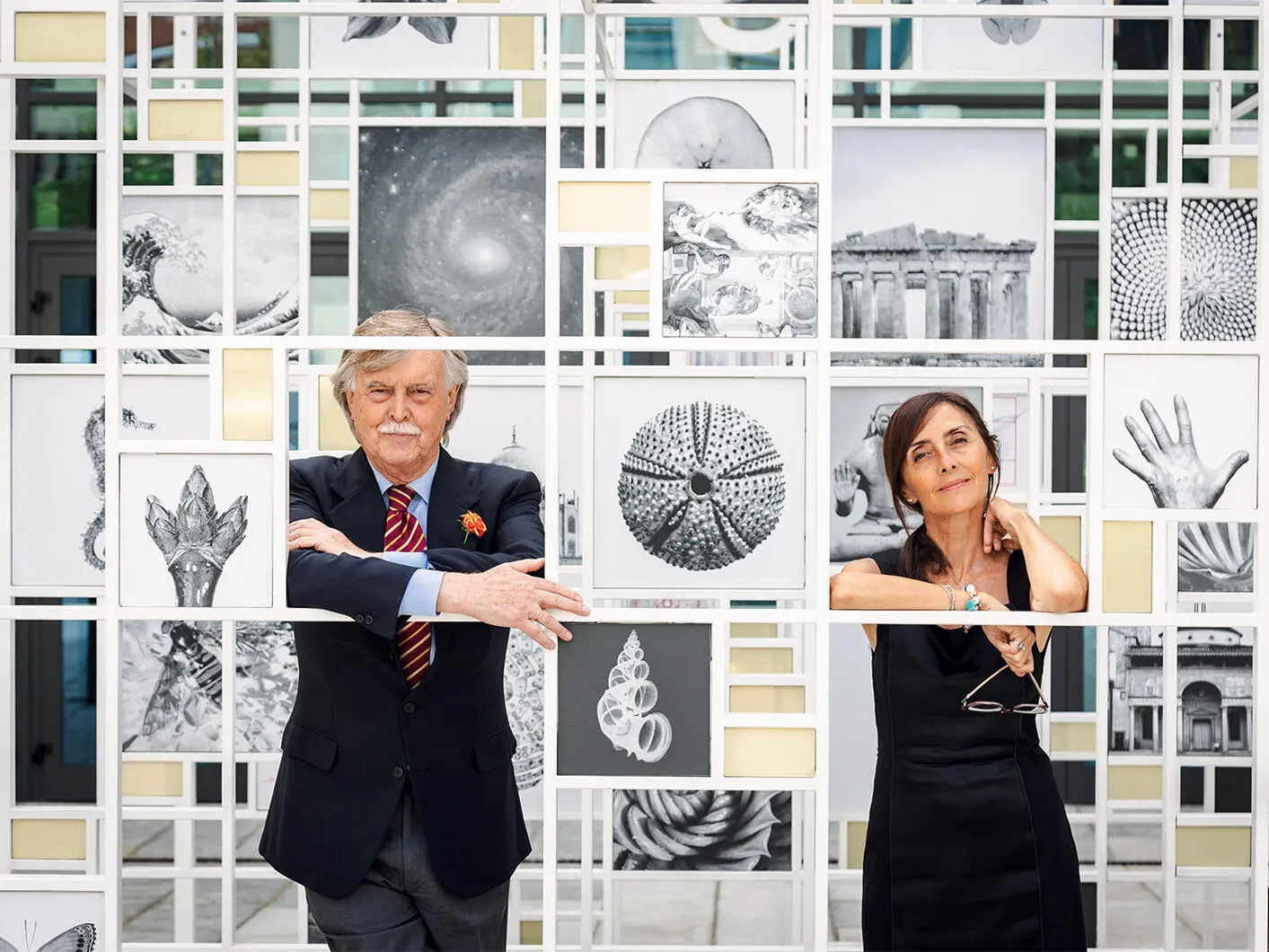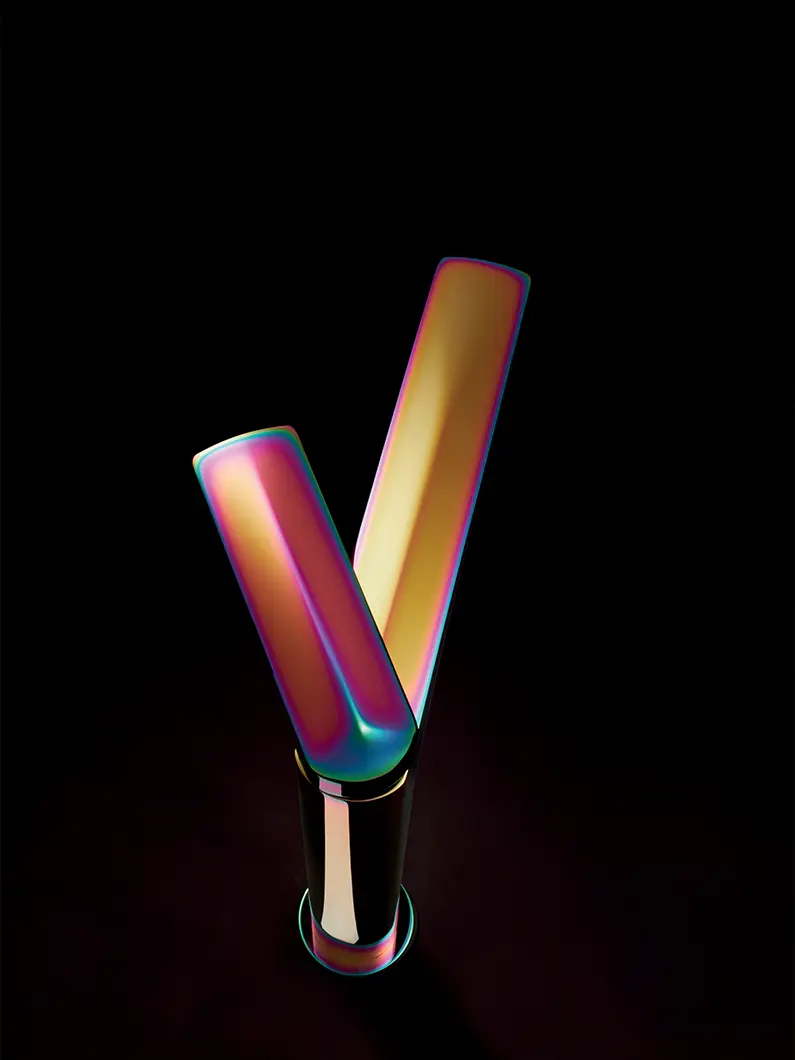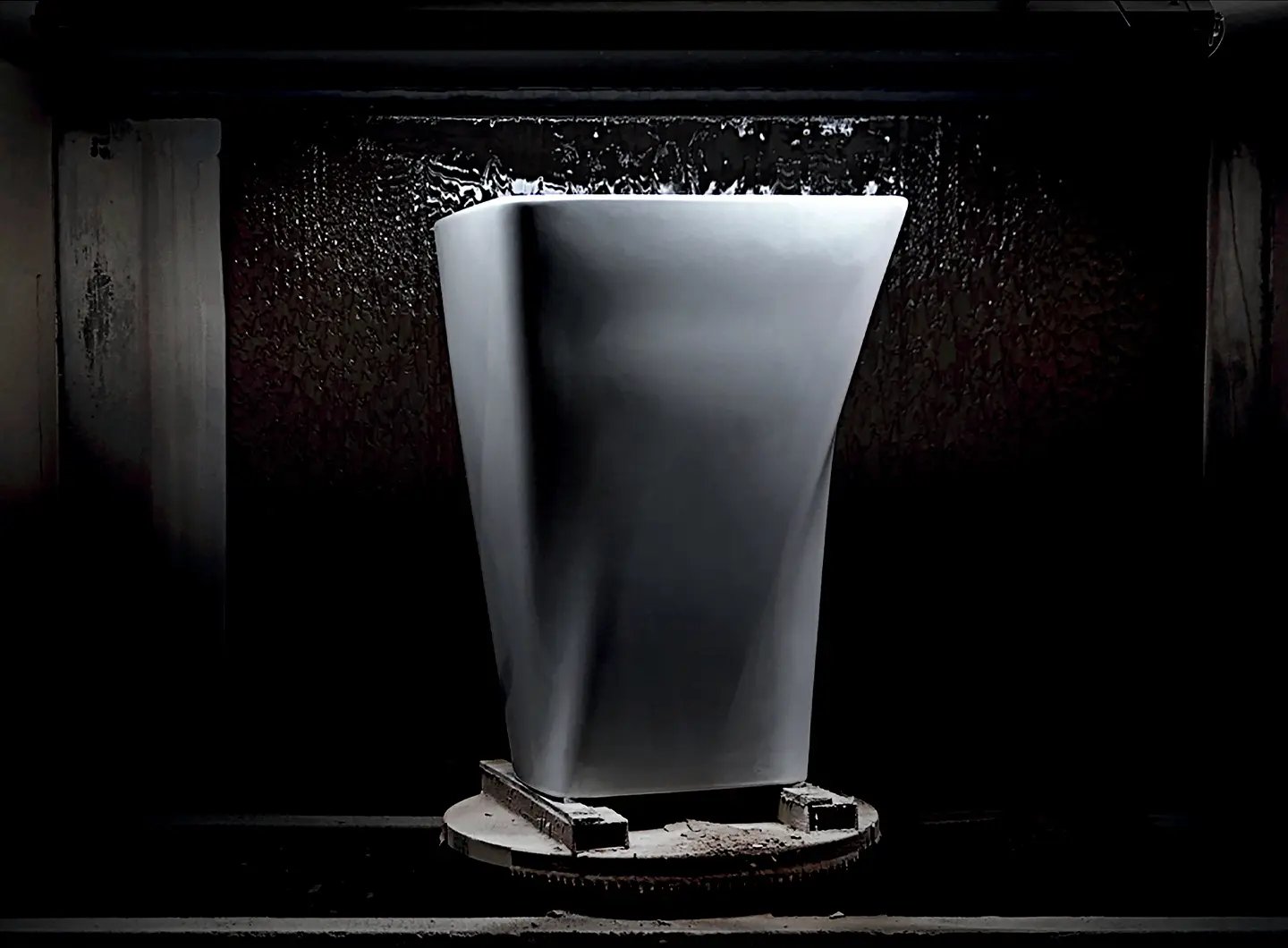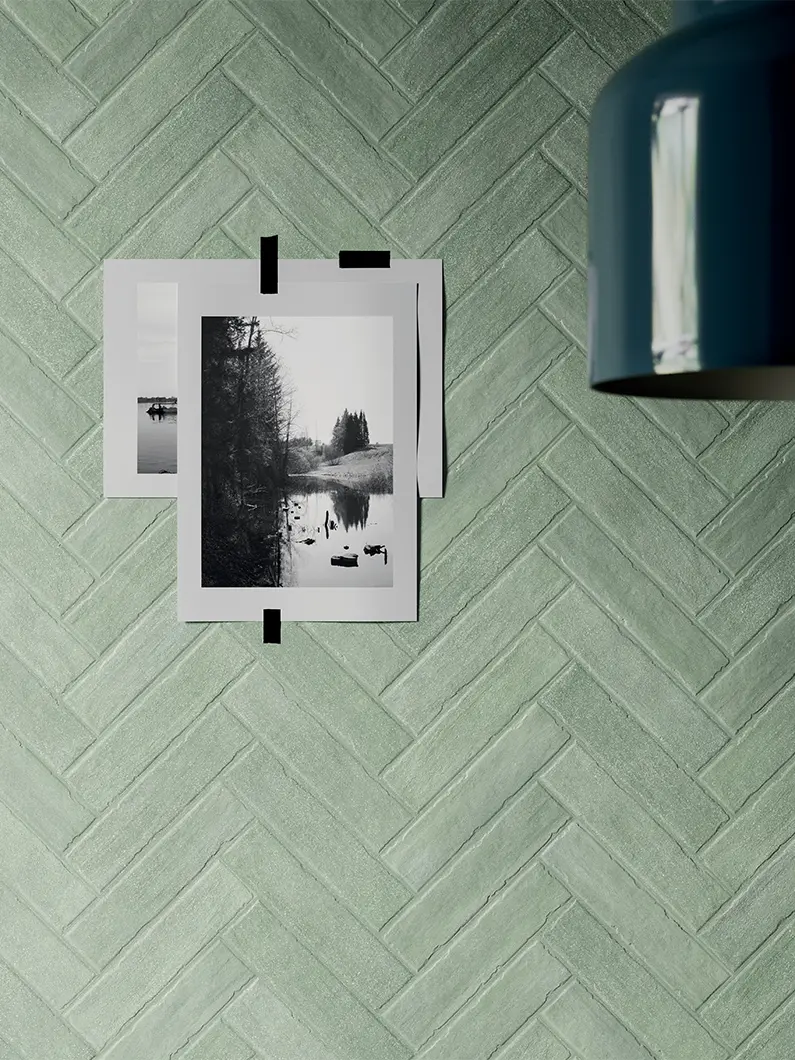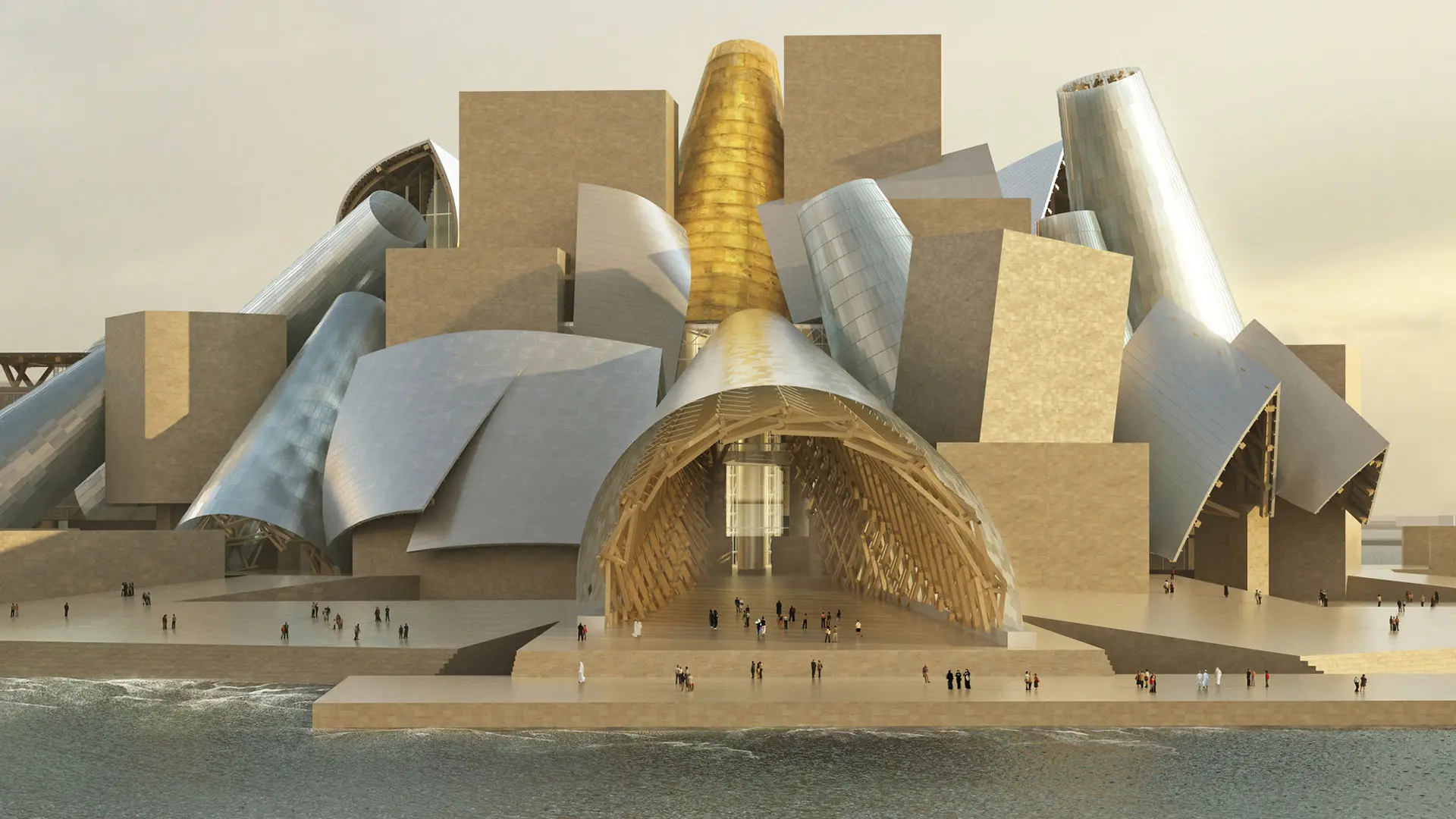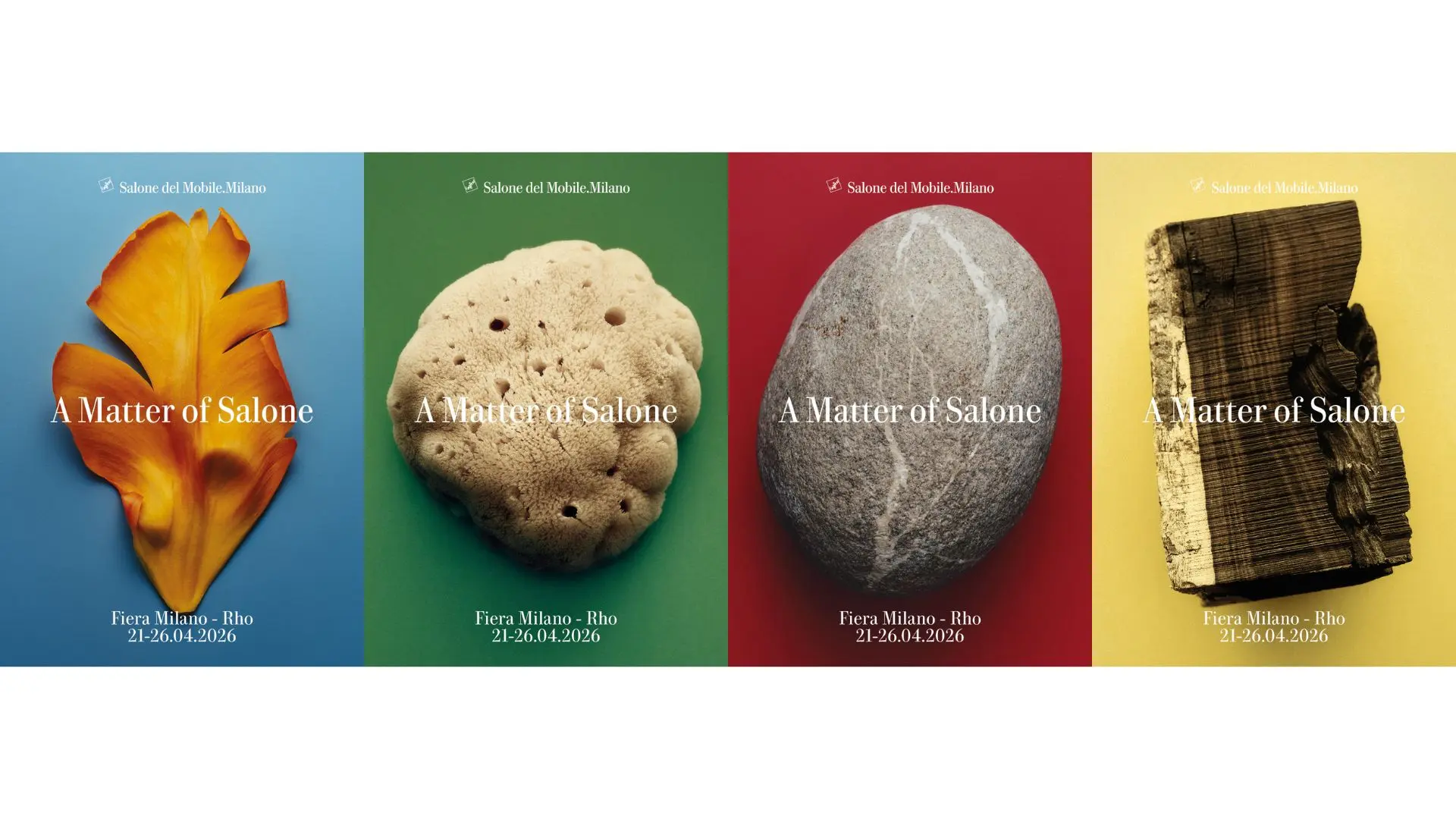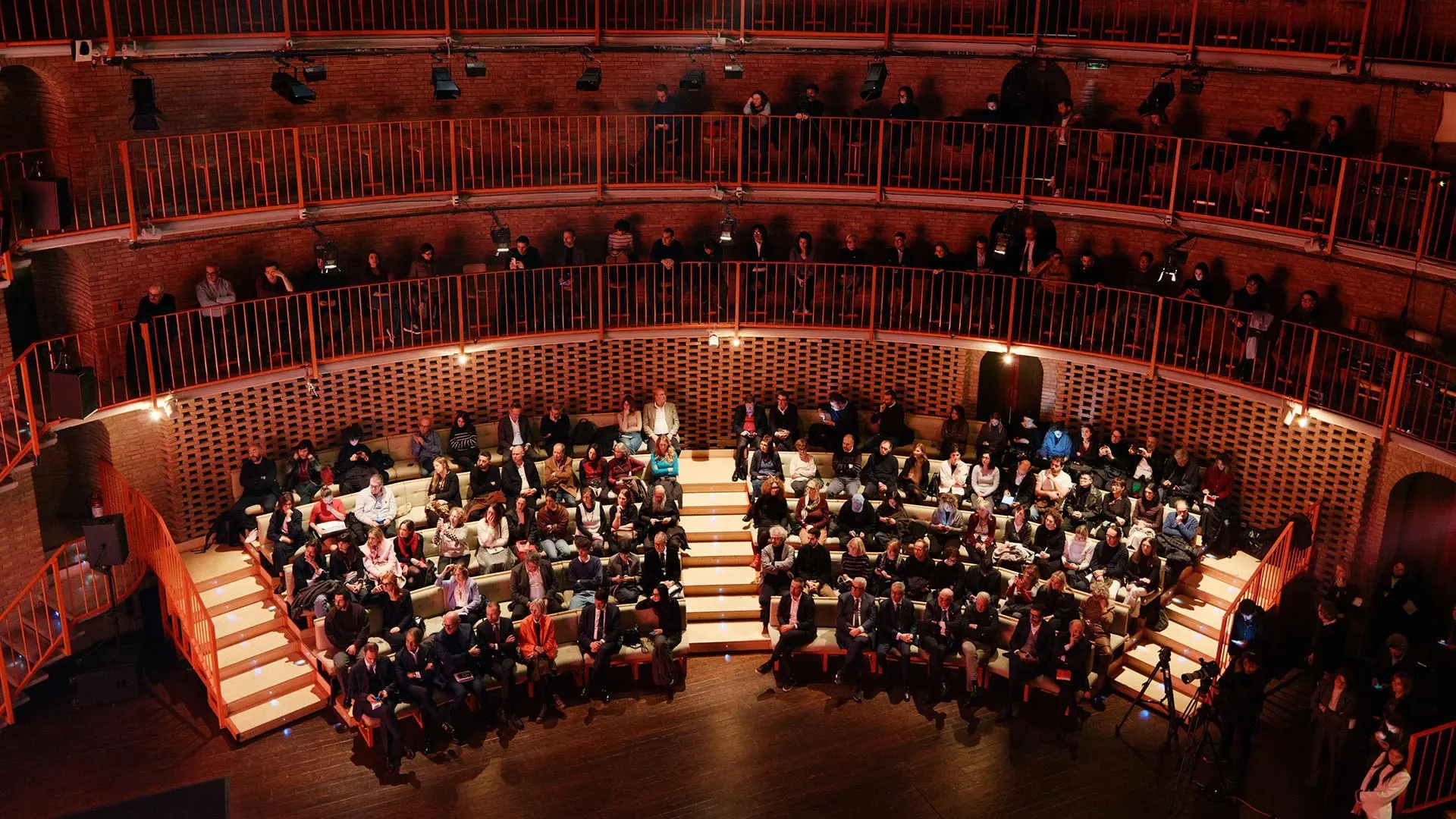From BIG to David Chipperfield, Frank Gehry to Snøhetta: a world tour of the best buildings set to open in 2026
At the ADI Design Museum, an exhibition devoted to bathroom design
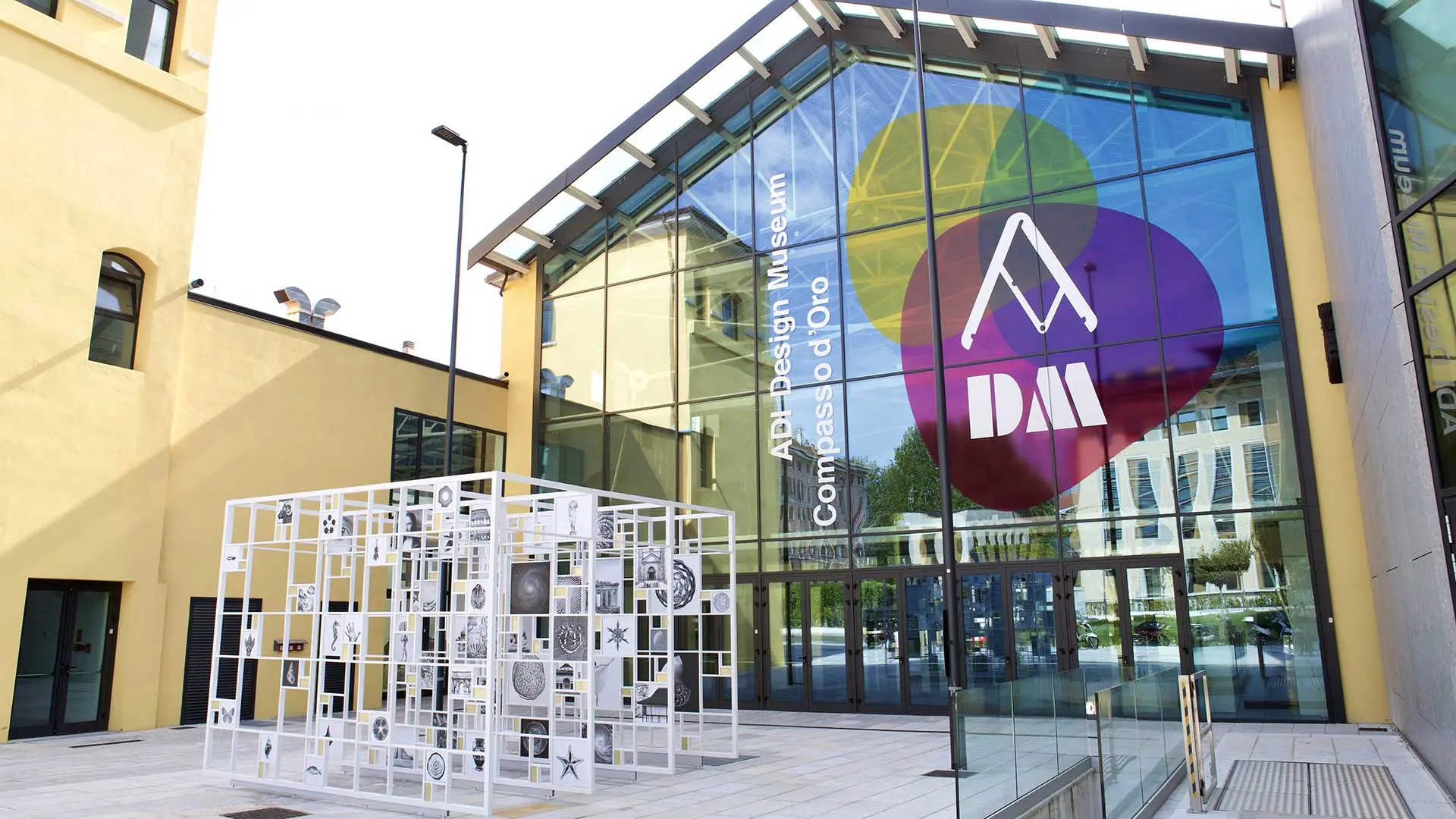
ADI Design Museum - Ph. Martina Bonetti
Entitled Il Bagno. Culto e Cultura, it explores the 50-year history of the most subversive room in the house. A blend of lifestyle, innovation and research. From 6th to 20th November
“I’ve known seven presidents and just as many general managers: mine, as they say, has been an long-running experience,” says Oscar G. Colli, the historic director of Il Bagno Oggi e Domani. We spoke to him on the telephone just a few days before the opening of Il Bagno. Culto e Cultura, the exhibition devoted to the 50-year history of the Italian magazine (from 6th to 20th November, ADI Design Museum), the event is a tempting opportunity to find out not just how this part of the house has changed over time, but especially how a ‘specialist’ magazine has managed to weather the choppy waters of the Italian publishing system for five decades. Here’s more.
The exhibition on the first floor of the ADI Design Museum tells in 50 covers how the bathroom environment has changed: from a service space, to a place to live, to a domestic laboratory of experimentation. The 50th anniversary logo designed by Odo Fioravanti Studio stops the temporal excursus: The logo marks this temporal milestone: “It is conceived in the manner of an ideogram, conveying a sense of liquidity on one hand (represented by the zero, which expands out of the five) and the passage of time on the other (with the numbers not aligned but arranged slightly perspectivally): a means of alluding to a before and an after. The world of water and a sense of historical perspective are the elements harnessed to celebrate what has gone before and to continue dynamically into the future,” explained the designer.
Before handing over to Cristina Mandrini, Oscar G. Colli, the man with the flower in his buttonhole and his hand tucked into his pocket, whom I’ve known since 1973, the year in which the publication’s first sextodecimo first rolled off the presses, picks up the conversation in his familiar tones: “Being a director is a job I rather enjoy. But I am a professional when it comes to relationships and it was because of my curiosity [ability to strike up a conversation, Ed.] that Paolo Sonnino, editor and founder of PEG Editrice along with Roberto Sonnino and Mirco Polacco, lured me away from the world of water-skiing,” an anecdote that reveals precisely how things are done in the publishing world. “Putting together a magazine that doesn’t exist takes a huge amount of passion, it means cultivating a lateral creative vision and knowing how to build a valuable team.” Note taken.
His co-narrator and project partner in crime, Cristina Mandrini, the magazine’s Editorial Director since 2013, and now at the helm of DBInformation, had this to say: “Il Bagno Oggi e Domani was the first of Italy’s specialist monthly magazines to forge connections with universities and academic worlds, interlocutors that it has never lost. This is demonstrated by the work the IED students along with Giorgio Grandi narrate in the exhibition and in the first chapter of the book/catalogue: the impact on the public and private dimension of a culture that is genderless,” disruptive. That’s not all: “During the 1990s, it was able to promote good Italian design abroad,” the undisputed territory of American, Japanese and German groups. This is borne out by the 27 curatorial essays in the second chapter,” by Maria Porro and Luciano Galimberti, Francesco Zurlo and Diego Grandi, Maria Grazia Gamberoni and Federica Sala, amongst others. “It also supported the newly born Eighties start-ups, the jewels in the crown of the flourishing home of Made in Italy,” as the involvement of the partners who write about themselves in the third chapter shows: “We asked each of the 52 companies that support us to pinpoint the word that best described their corporate mission. The results were very interesting: Nobili Rubinetterie chose ‘wonder’, Ponte Giulio came up with ‘life’ and Grohe opted for ‘circular thinking’” - making up a small but modern vocabulary that reflects the evolution of a sector in great ferment.
“The bathroom is the most energy-intensive room in the house and it is apparent that, over the last ten years – unlike the previous ten that were more focused on lifestyle - the sector has put a great deal of work into materials and coverings, saving and accessibility. When you think about, it is here that all the resources that nourish our homes - air, energy and water – come together.” Which is why for ‘beauty’ we increasingly read ‘accessibility,’ because these days, things that are open, circular and harmonious make for beauty,” concludes Cristina Mandrini. Planet-friendly, in other words.


 Salone Selection
Salone Selection
